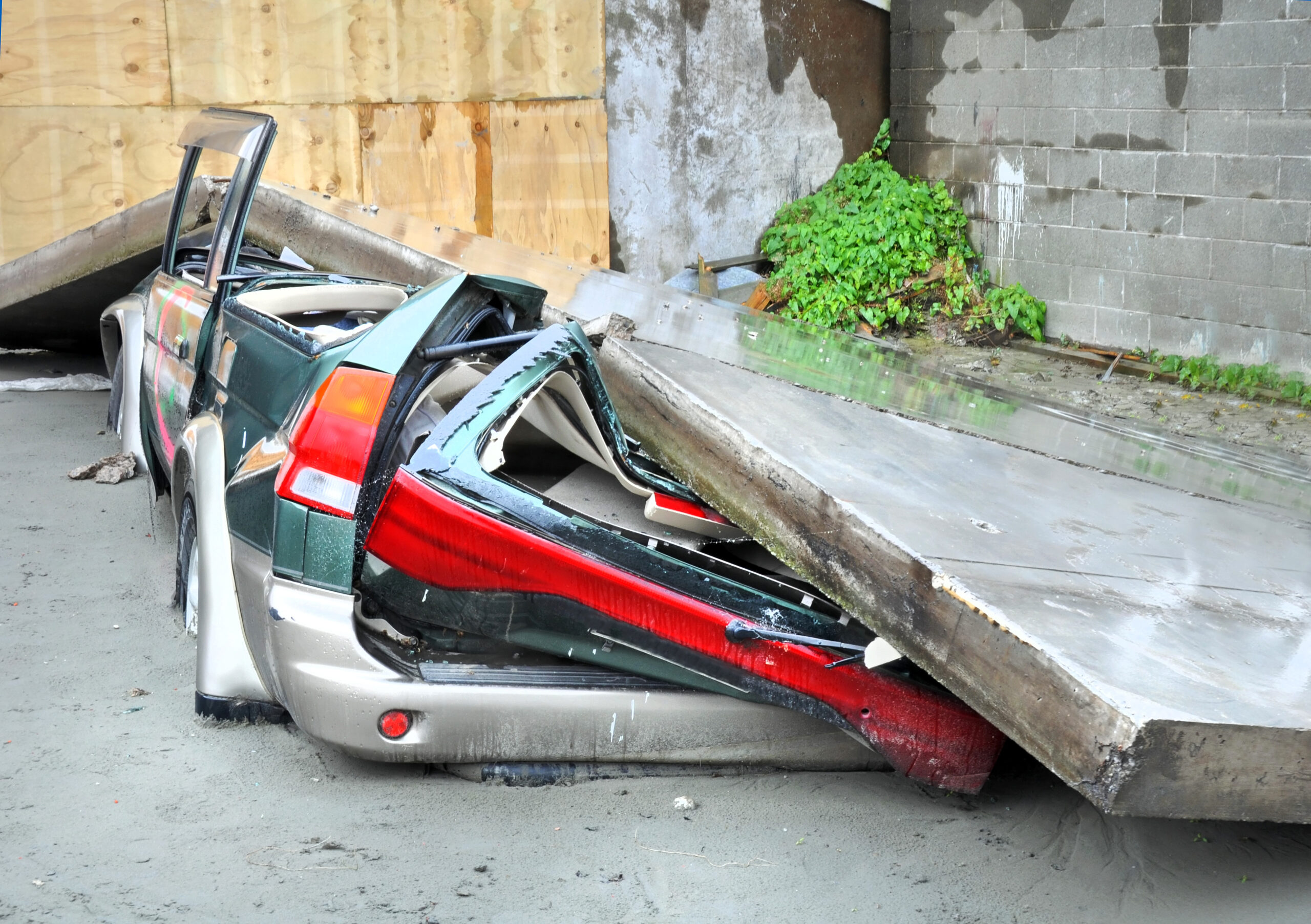Retaining walls should withstand the test of time. They hold dirt, gravel, sand or even water in place. That said, it is a big shock to most people when a retaining wall fails– because they’re meant to hold those materials back, so how could they possibly fail?
That’s a good question. It’s also a question that too many people find themselves asking after their retaining wall is either giving way or already has, which is all too frustrating. Yet, likely this happened because they didn’t know the warning signs of a failing retaining wall.
The truth is that there can be several reasons why a retaining wall could fail. There are also several warning signs, as we mentioned. So, the rest of this article will explore the causes and the signs. That way, you’re fully prepared.
Why a Retaining Wall May Fail…
Let’s take a look at some of the more common causes.
Design or Construction
To start, this is a big one that leads to a good chunk of retaining walls collapsing. Improper designs can lead to faults in the wall– even if the construction is carried out to a T. On the other hand, if the design is flawless– a rushed construction could leave areas half done, leading to eventual failure.
It may not even be a result of poor design. It could just be the wrong design choice. You see, in order for a retaining wall to do its job, it needs to be set up for success. You wouldn’t put a lightweight boxer up against a heavyweight boxer. Because odds are, even if the lightweight boxer plays it perfectly, he may eventually succumb to the weight of a hit.
The same rule applies here.
Another reason for failing retaining walls can yet again be linked back to design. No matter how well built the wall is. It may not be able to last long without proper drainage. Without drainage, water is left to build up in the soil. It may not be a huge problem at first. However, water is heavy– heavier in the soil as well. That weight will eventually increase to the point that it exploits the weaknesses of the wall– leading to collapse.
Long story, very concise, you need to start the design process with the application and location of the retaining wall in mind.
How To Spot a Failing Retaining Wall…
Now that you know why it happens, it’s important to prevent it or at least prepare for it whenever you can. Again, there will be signs. If there aren’t, you can rest assured knowing that there was very little that you could have done. So, here are some telltale signs that your wall could be coming down.
Luckily, they aren’t anything unexpected or unusual. Common signs include cracking along the wall, deflection or bulging on the face of the wall and also tilting of the wall– indicating that it could be giving way to pressure.
Another sign to look out for is any separation from other walls or structures that the retaining wall joins. If you happen to notice any of those signs or anything else that seems new or out of the ordinary, it is likely time to have the wall evaluated.
The Bottom Line
Given the load that a retaining wall carries, the last thing that you want to do is use limited caution.
If you notice any of the signs that we mentioned, it’s time to seek professional advice. If you don’t, you won’t only have a huge mess to clean up. The collapse could lead to other property damage or even personal injury. So, it’s best in any case, no matter how unlikely, to at least consult someone for a thorough opinion.
If your retaining wall has already given way, and you hope to rebuild, do it with the right team and the right professionals. We’ll help you enjoy that retaining wall for years to come!

